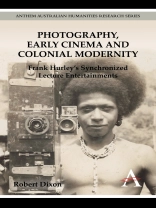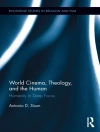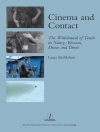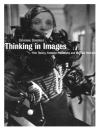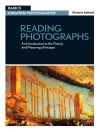‘Photography, Early Cinema and Colonial Modernity’ is not a biography of Frank Hurley the man; it is instead an examination of the social life of the many marvellous and meaningful things he made as a professional photographer and film maker. The focus of this volume surrounds the media events that encompassed these various creations – what Hurley called his ‘synchronized lecture entertainments’. These media events were at once national and international; they involved Hurley in an entire culture industry that was constantly in movement along global lines of travel and communication. This raises complex questions both about the authorship of Hurley’s photographic and filmic texts – which were often produced and presented by other people – and about their ontology, as they were often in a state of reassemblage in response to changing market opportunities. This unique study re-imagines, from inside the quiet and stillness of the archive, the prior social life enjoyed by Hurley’s creations amidst the complicated topography of the early twentieth century’s rapidly internationalizing mass-media landscape. As a way to conceive of that space, and of the social life of the people and things within it, this study uses the concept of ‘colonial modernity’.
Innehållsförteckning
Illustrations; Abbreviations; Acknowledgements; Introduction: Australia’s Embrace of Colonial Modernity; 1. ‘The Home of the Blizzard’: Douglas Mawson’s Synchronized Lecture Entertainment; 2. Guided Spectatorship: Exhibiting the Great War; 3. Touring the Nation: Shackleton’s ‘Marvellous Moving Pictures’ and the Australian Season of ‘In the Grip of the Polar Pack-Ice’; 4. Entr’acte: ‘Sir Ross Smith’s Flight’, Aerial Vision and Colonial Modernity; 5. Colonial Modernity and Its Others: ‘Pearls and Savages’ as a Multi-media Project; Conclusion; Notes; Bibliography; Index
Om författaren
Robert Dixon is Professor of Australian Literature at the University of Sydney. He is a Fellow of the Australian Academy of the Humanities and a past-President of the Association for the Study of Australian Literature, and has published widely on Australian literature, postcolonialism, Australian cultural studies, and aspects of Australian art history, photography and early cinema.
